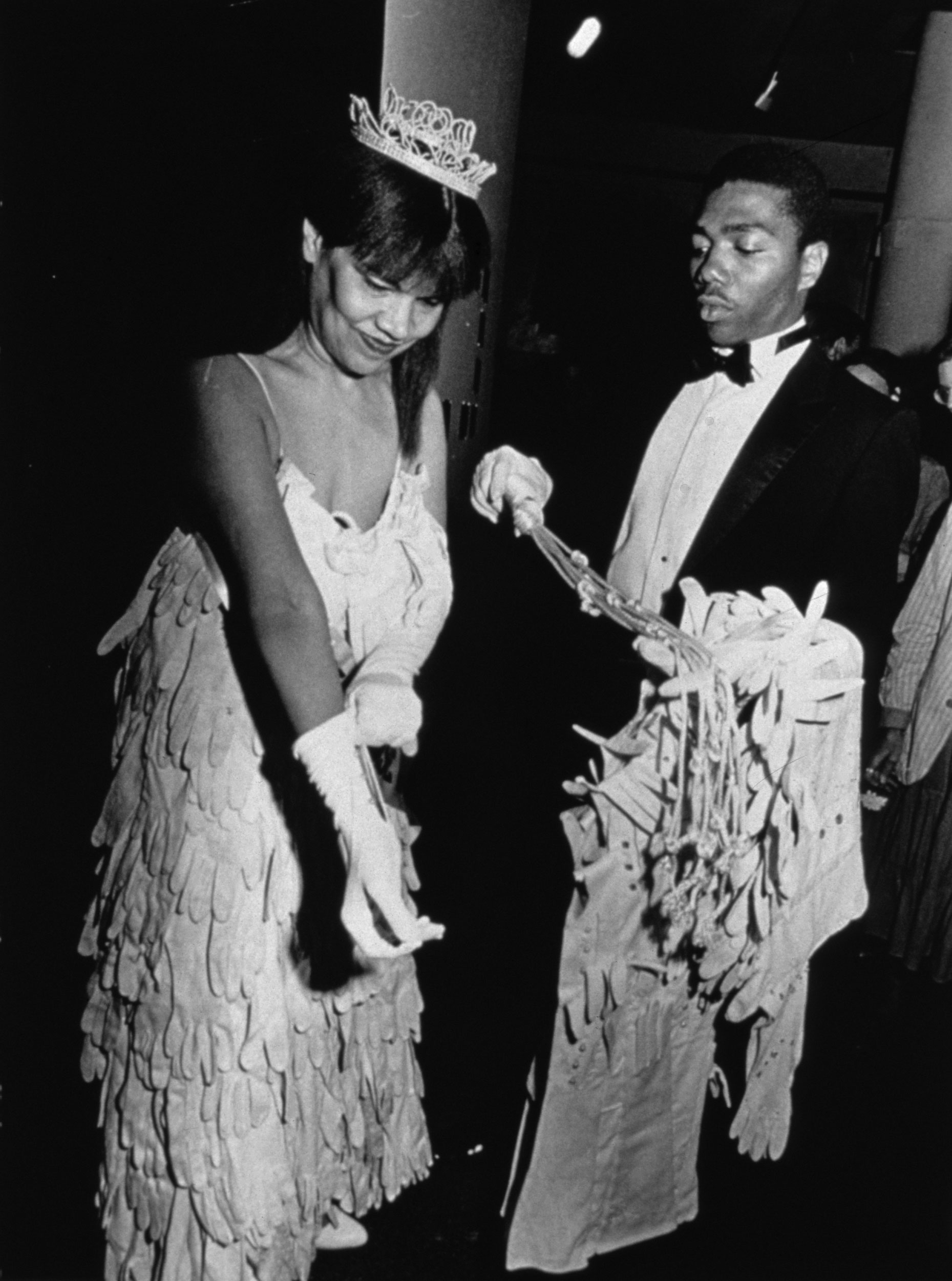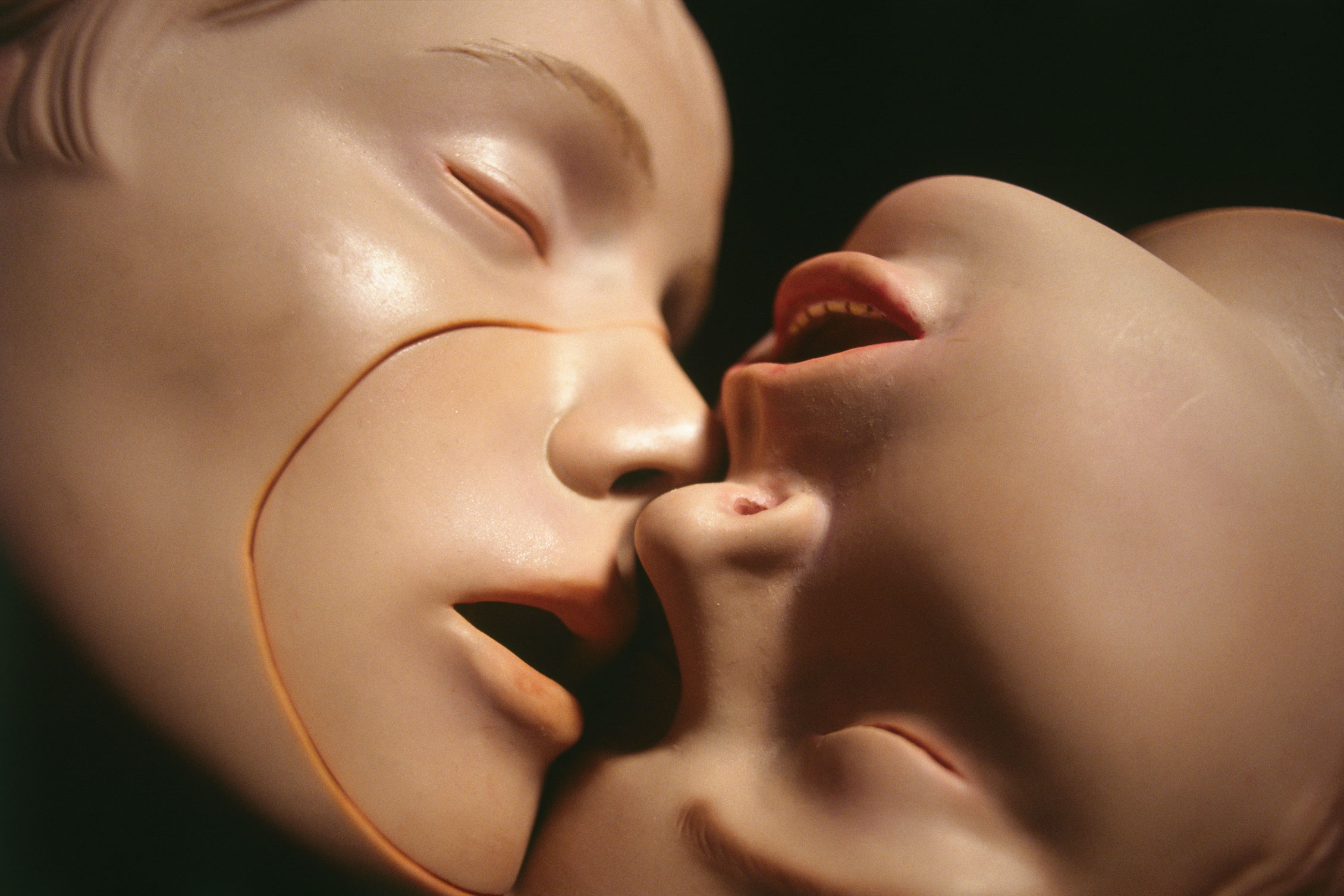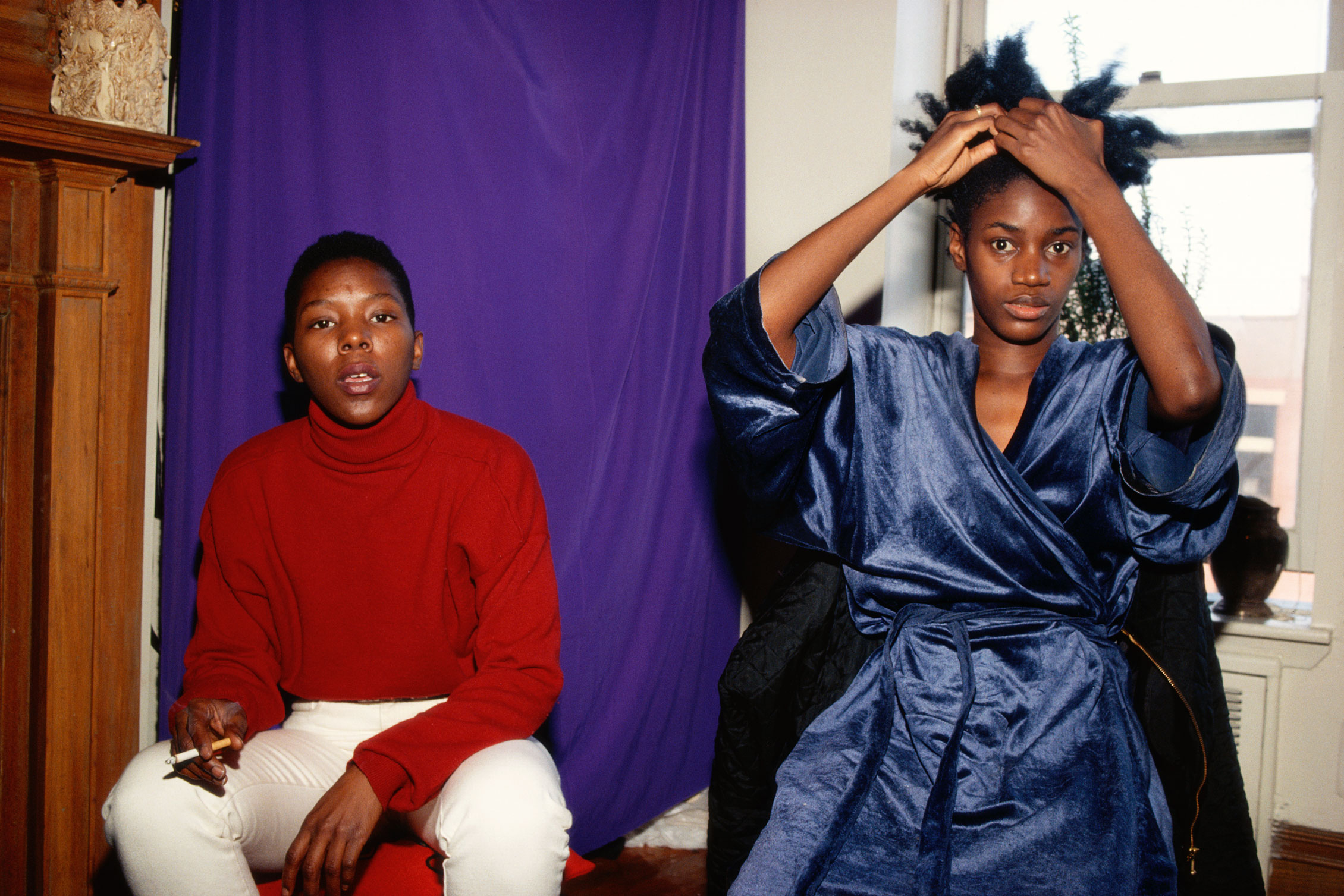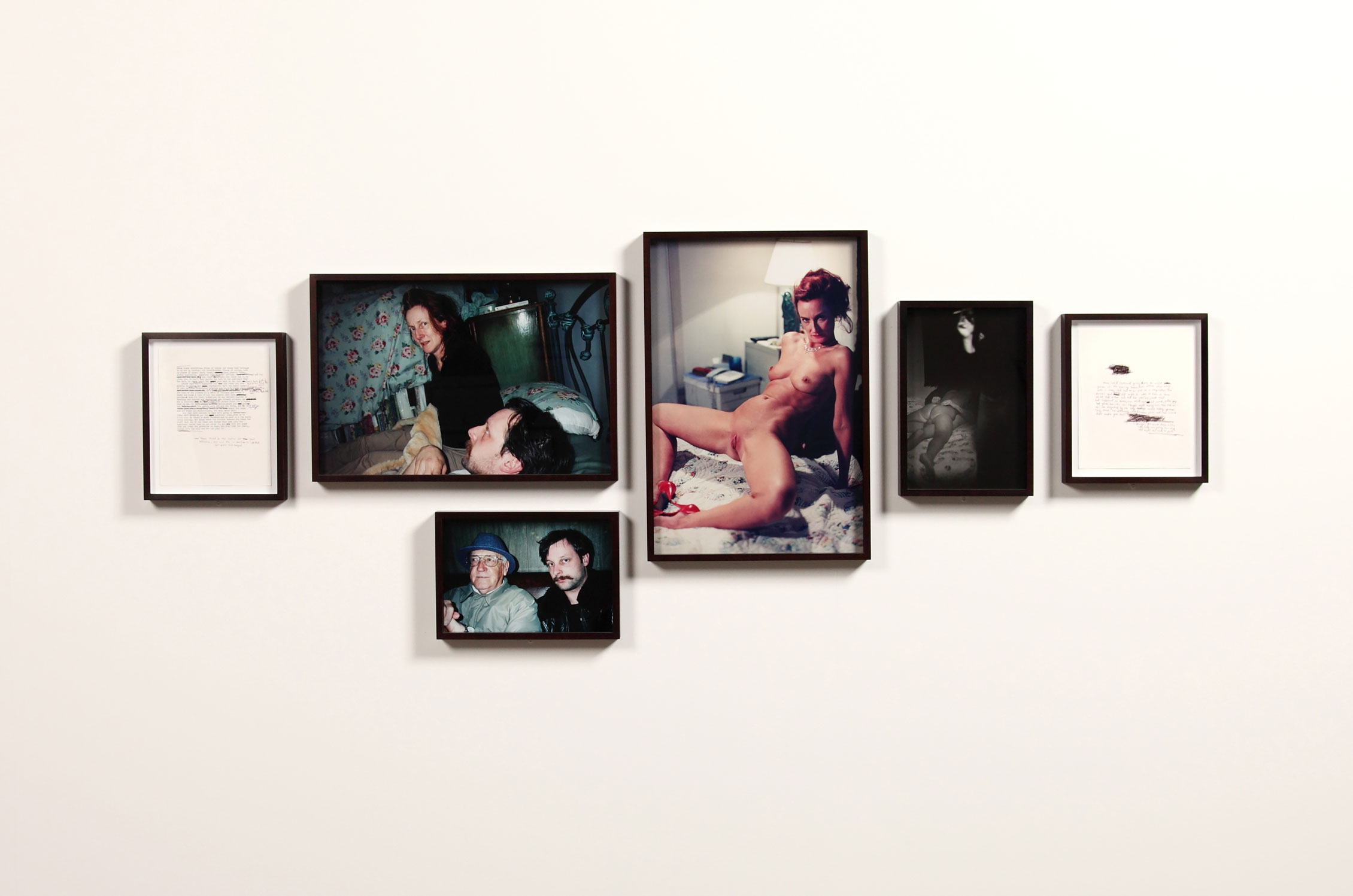
“In no way is it therapy,” is the first thing Leigh Ledare makes clear when I ask him about his 2017 film, The Task. I tend toward the notion that everyone could use a little therapy, but after screening the two-hour docu like film and feeling a simultaneous convergence of anxiety driven intrigue, thrill in the voyeurism, and like I was back in a freshman year seminar discussing Foucault’s panopticon, I’m thinking maybe everyone just needs a three-day group relation workshop. Okay, maybe it isn’t an alternative on its own, but The Task is certainly an uncomfortably close-up look at how people interact when asked to acknowledge how they’re interacting.
Ledare’s work as a photographer and filmmaker have earned him a bit of a reputation. The 1998 work that first brought attention, “Pretend You’re Actually Alive,” whose photographs, texts and collected ephemera comprised a case study of his own family, centered centered around often lurid photographs of his mother’s complex sexuality, which she used to find companionship and a benefactor, to shield herself from her aging, and as an antagonism of her father’s, and society’s expectations of her as a daughter, mother and woman of her age. While Ledare makes a pivotal appearance in the film, The Task diverges from his earlier personal work. In another sense, however, it remains deeply personal, both for Ledare as well as for the 28 participants, 10 psychologists, and six camera operators who take part in the film. Released as part of his 2017 exhibition “The Plot,” The Task is the focal point of CCS Bard Hessel Museum’s summer group show, “Acting Out.” Opening June 22, the show is co-curated by the Ledare and Bard CCS executive director Tom Eccles and includes works by Nan Goldin, Cindy Sherman, Larry Clark, Lyle Ashton Harris, Lorraine O’Grady and more. Ledare spoke with Cultured about the how The Task and its role in “Acting Out.”

How did the show come about?
Last year Marieluise Hessel acquired The Task, a film which I initially made for my exhibition, “The Plot,” at The Art Institute of Chicago. Beyond this work being in the Hessel Collection, Tom and I had been in close dialog about the unique way this work frames the social, really creating a space to surface dynamics which ordinarily lie latent, or which can only be seen indirectly.
To be clear, in no way is The Tasktherapy. Rather, it uses a social-psychology method initially developed in the ’50s at the Tavistock Institute in London, to enact a temporary institution whose purpose is to study itself. What’s actually depicted is an alarmingly complex microcosm of contemporary society, portrayed through a diverse cross-section of 28 participants and 10 psychologists who are forced to encounter each other over the course of three immersive days—all of which is filmed. This sort of social portrait includes the unconscious dynamics that emerge through the group’s encounters, as well as issues around identity, role and authority, not to mention the projections the members have about one another.
Tom and I kept circling back on the importance of how the piece reconfigures current conversations around identity, which it does by looking at the social field through a holistic lens, with all the contradictions held by its distinct players. Another facet of the piece is this meditation on the baggage we load into the camera—you know, it at once symbolizes everything from a watchful parent to a stage to perform on, and from the panopticon to a means of managing the social. Like the other artists in the show, the different actors in the film use it distinctly.
These conversations led Tom to propose that we use the framework of the film to re-read a selection of photographic works from the collection, the hope being to reveal something new about these works from the canon that we think we already know.

How did you approach looking at all these other works through the lens of your own? The film itself is a kind of curation of all these individuals, put into play in relation to each other in the group. By sounding out their differences, they accumulate into something much greater than the sum of their parts. I think of all my works this way, as social systems, which are continuously being shaped in this almost stimulation and response type way. So this kind of curating and dialog between works—or between parts of a work—is always front and center for me. I see curating as creating context: What frames, brackets or plays off of what? And what does it all add up to? It’s no different in my personal work.
What resonances among the works were most striking to discover? I think the work of each artist in the show unpacks a different facet of the film. That’s to say that the works work not only on each other, but on the film too, and vice versa. You have the performative strategies of someone like Lorraine O’Grady, where she’s really using herself (or her persona) as this “x” to sound out the “y” of the context, which is echoed by my intervention into the group within the film. Or there’s the way that the configuration of participants in the film proposes an analogy for the roles Cindy Sherman occupies, which are at once like distinct caricatures but also so many layers of a psyche. I also really appreciate the implications of Lyle Ashton Harris’s diaristic archive from the ’80s and ’90s, whose intimate and public moments trace a period of historical shifts that still underwrite the participants’ positions in the film. I was excited to counterpoint these against a selection of Larry Clark’s works, not least of which because, having lived with and worked closely with him when I first moved to New York, aspects of his approach are deeply engrained in my own.
The one thing that could have been tricky is that many of these artists have very particular positions, so there’s that aspect—like the kid on the playground that doesn’t play well with the other kids. In fact, at their core, most of these artists use interventions to assert some complication or contradiction into an existing system, or in the case of the subcultural, as a form of challenging or subverting certain assumptions that are prevalent in broader culture. Like the way we tend to engage with questions of identity, these works have often been read in an essentialized way, at times sensationalizing their differences. Opposing this, the film redirects attention to how these assertions of self within the visual field actively act to organize the social.

Can you talk a little about how the deeply psychological themes and human interaction that is portrayed in The Task are complicated within still photography? While it’s true, the film unfolds largely through the group’s dialog, at the same time it might be described as a kind of behavioral portrait of culture—and I would point to this both at the scale of its individual participants, and the group at large, as well as all the channels which gather together to shape what is an extremely complex moment we’re currently in. I would frame the concern here to be one around social portraiture. And if we really consider the photographic works in this exhibition—so many of them which were initially contextualized not merely as fragmentary “stills” but as performances, books or even films: I think of Larry Clark’s Tulsa, Nan Goldin’s The Ballad of Sexual Dependency, or Jo Spence’s Remodeling Photo History—we can see these works are also totally discursive our experience is within the visual field. I mean, just look at how we use our phones.
I’ve always been interested not in what images depict, but rather in how they are called upon to function. I see these artists practices as so many forms of social intervention—and by that I mean to emphasize how the visual field is entangled in the social field, and vice versa. So while these artists are generally recognized as photographers, I see their actual medium as all this social and psychological material: bodies, identities, roles, transference and projection—in short, the intersubjective.











 in your life?
in your life?

